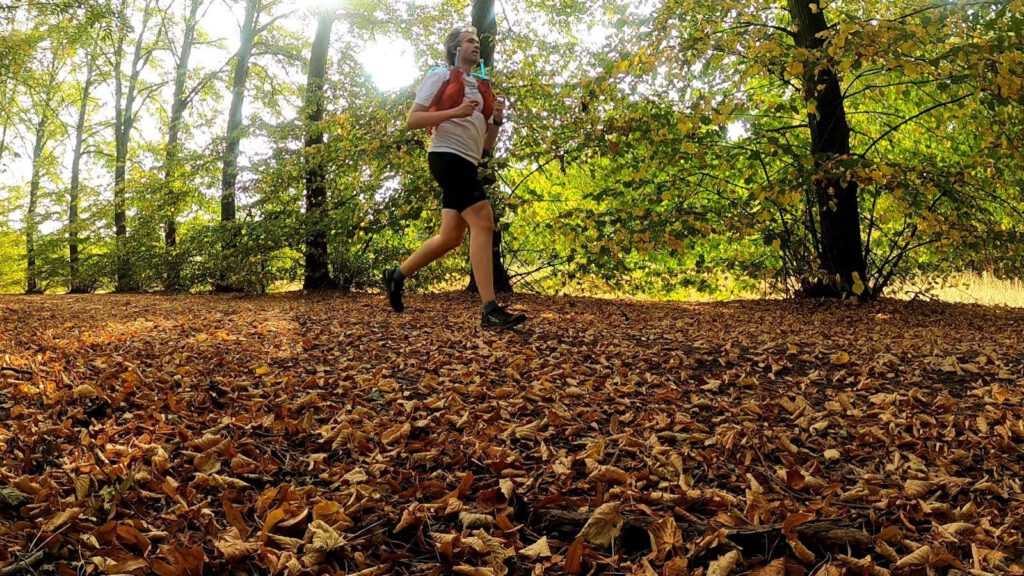
This 50 km run would be a special one for several reasons. Not only as a conclusion of the Hertogenpad, but also as a final training for the Indian Summer Ultra and as a virtual run for Run on Insulin.
In reality I did this finish a while ago. On September 23rd, so almost a month ago. But there was a good reason to keep it waiting: in the meantime I've received the medal of the Virtual Run On Insulin. A medal in the shape of an insulin pump and pen. Besides, I also wanted to report about the Indian Summer as quickly as possible after completing the final 90 km.
Who remembers my story about stages five and six, from Poeldonk to Odiliapeelalso know that the training already began to feel a little heavy last time. It was definitely not better this time around. Even though this time I ran the long training on a Wednesday, the public transport to Odiliapeel remained a threshold. As I had already walked a part of the route after stage 6, and starting elsewhere was easier, I decided to shift the route a bit. The goal: a nice 50 km run for the Virtual Run on Insulin for the benefit of Bas van de Goor Foundation.
Gemert instead of Poeldonk
In my search for a more accessible option, I quickly stumbled upon Gemert. If all goes well, buses go by there regularly. And there is a nice little castle to run along near the start. However, my start wasn't very enthusiastic. From the beginning it is clear that I am tired. A 70 km trip on the Me-Mover along Kinderdijk the Friday before this run and a 25 km run on Sunday will certainly have contributed to it, but the fatigue is mostly in my head as I stomp along the front of the castle.
Before the race I doubted if it was smart to run these 50 km so short before the race. But for me it did have training value. It's all nice to start fresh at these distances, but how you feel in the second half of a 90 km and whether you are mentally prepared for that, remains to be seen if you train up to 60 km. This training would give me insight in the second half. And it worked, I think. Despite the fact that the Indian Summer was tough, I never mentally felt I had to give up. Those 90 km actually went much better than this training.
Unfortunately only the castle gate is visible in Gemert. Too bad, because on the picture’s it looks nice. And I would like to do some sightseeing as the castle is still looking for residents. It is owned by a monastic order, but the last fathers were already removed in 2010.
10 km is enough
Handel, the next village where I join the official route again, was unfortunately disappointing as well. Possibly I joined too late with the route, as I could not find the promised processional park with ‘miraculous well’ and Maria Tree or must have run past it without noticing. It has been a place of pilgrimage since the 13th century, after a wooden statue of Mary was found in a hawthorn.
I could have used a little help from Maria at this point. After 10 km I had actually had enough already. I was tired and my body felt stiff. But it was just stiffness and no bad pain, so I pushed myself to continue. Actually this was exactly what this training was meant for.
Like a maniac
The route was definitely beautiful. But there were also a lot of long straights in it. Like a kilometer long sand road, on which ‘flowers’ of the harvest were left behind.
Less than 15 km on the way and I was already walking. Motivating yourself turns out to be very difficult when you know you still have 35 km to go. Normally I use tricks that have failed this time: just thinking about how much I've already done, for example. Even with an often unexpected number of extra kilometers, this is a sensible strategy for trails.
Walking halfway through, I committed the mortal sin of looking at social media on my phone. This time, however, it turned out well. Ramona forced me to stop sulking and laugh instead. The maniacal grin on the picture was my attempt… it worked. It also helped me realize what kind of environment I was walking in. No longer I cussed at *-fields and stupid grass stalks, but I saw a golden field in which I was lucky enough to run. Plus it reassured me that even though I had to do the Indian Summer on my own, I could still call in reinforcements.
Setting achievable goals
Running after the grin did not suddenly go by itself, of course. I had to keep on working hard and I also had to force myself to set achievable goals. Not thinking about 50 km, but about the next bend in the road. Slowly I started to run better again. And at the transition to stage 8, near the Stippelberg, there was no longer the will to flee back home on a bus.
After a few nice stretches of Deurnese Peel, another long and straight road followed. The route runs along the Defense Channel, a canal that was dug in 1939 and served as a drainage canal, but also as an anti-tank ditch. Along the canal runs the Peel-Raam line, a large line with bunkers. After the first couple of bunkers I quickly estimated the space between the bunkers at about 200 m. Ideal as intermediate targets, although it is also easy to get bogged down in walking here due to the lack of variety.
The Peel-Raam, seemed to me to be in a strange place to function for defense. What use is a row of these bunkers with a small moat against an army that can use a lot of airplanes? In reality the waterline is of course meant to stop the ground troops, using the difficult to penetrate swamps and constructed canals with land mines along the casemates. A total of 331 bunkers over a length of 80 km then suddenly sounds impressive. Especially if they would have continued the line through Belgium as planned. Now the Germans could simply walk around it if they wanted to…
My assumption was not unjustified though: the first day of the war the line already fell, in spite of fierce resistance. Partly because the casemates had been knocked out by an air raid and partly because the soldiers ran out of ammunition.
Revivals in running
I was so happy when I passed the canal and arrived in the friendly village of Griendtsveen. A village where a gravel path continued with a sign telling me to drive slowly because of the dust clouds. Ha, I wanted to create those clouds here as well. But first an ice cream on a terrace.
Griendtsveen breathes the atmosphere of the late 19th century with the architecture of its houses and, far too large, church. This is also the time in which the village came into being as a result of the peat extraction by the society of Jan van de Griendt. The peat area that follows, the Mariapeel, is perhaps the most beautiful of the Hertogenpad. I was already spoiled by the Groote Peel, but here I could see and even touch the different pieces of peat swamp much better.
Meanwhile also the bus stop of Heitrak was near again and it turned out that there was still some life left in me. On the way I had walked more often than normal. But the fact that I managed to squeeze out 6.30 min/km after 48 km without too much effort, also indicated to me that the thoughts of stopping were mainly a mental thing and not motivated by physical problems. In that respect it was a very useful training.
Unfortunately at Heitrak it turned out that it would take almost an hour until the next bus. I had exactly reached the 50 km with three short stretches around the bus stop – okay I did that because of the medal – but after stopping the watch I decided to continue walking along the bus line. Especially hoping to score some quick food somewhere. Tired but satisfied.
Overview Hertogenpad
- Stage 1 and 2
- Stage 3 and 4
- Stage 5 and 6
- Stages 7, 8 and 9 (this Article)
- Stages 10, 11 and 12
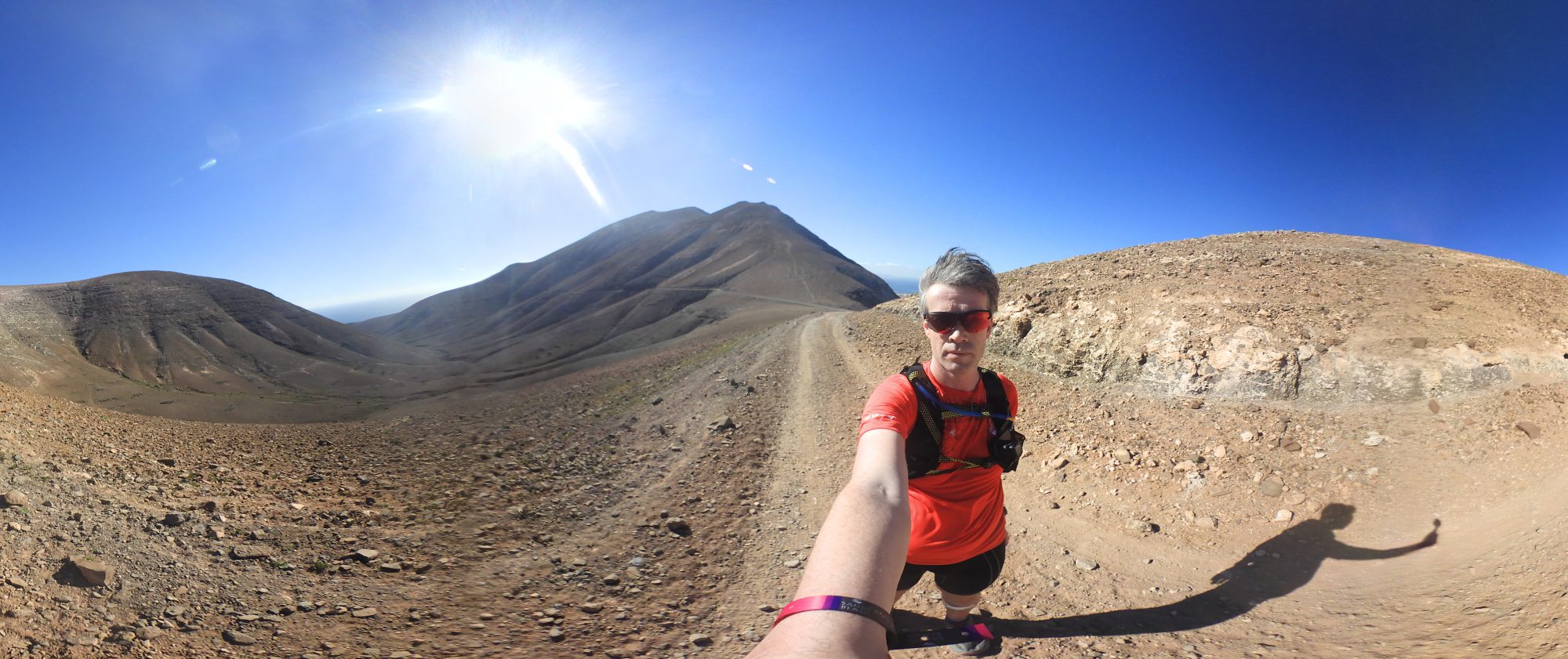
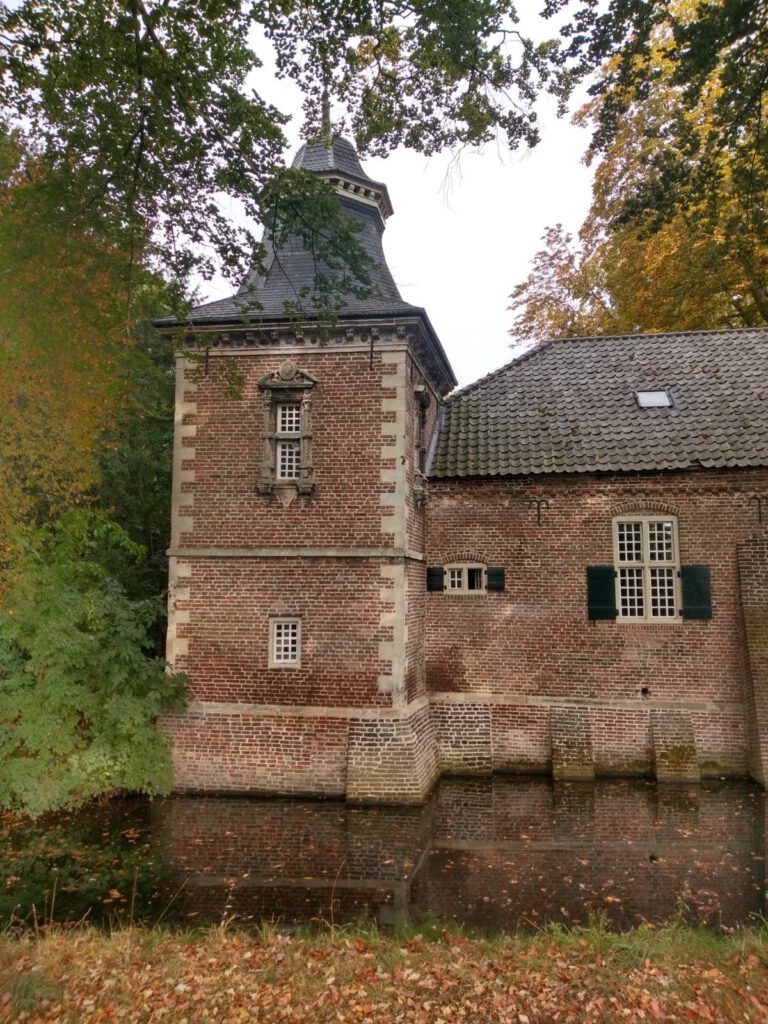
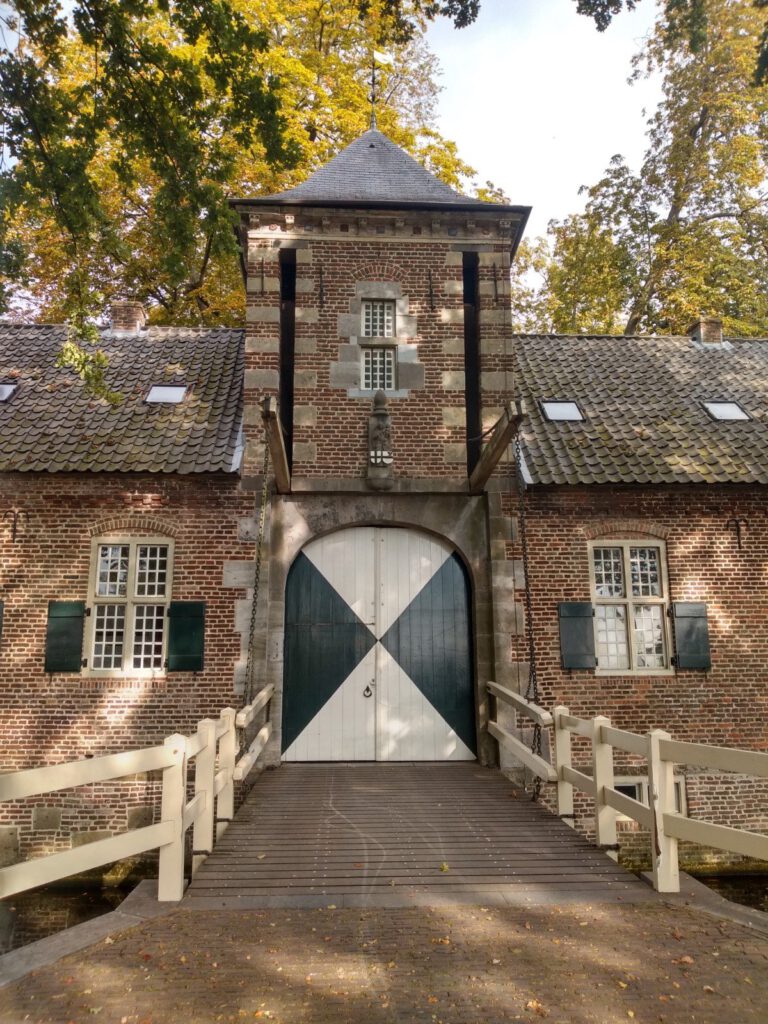
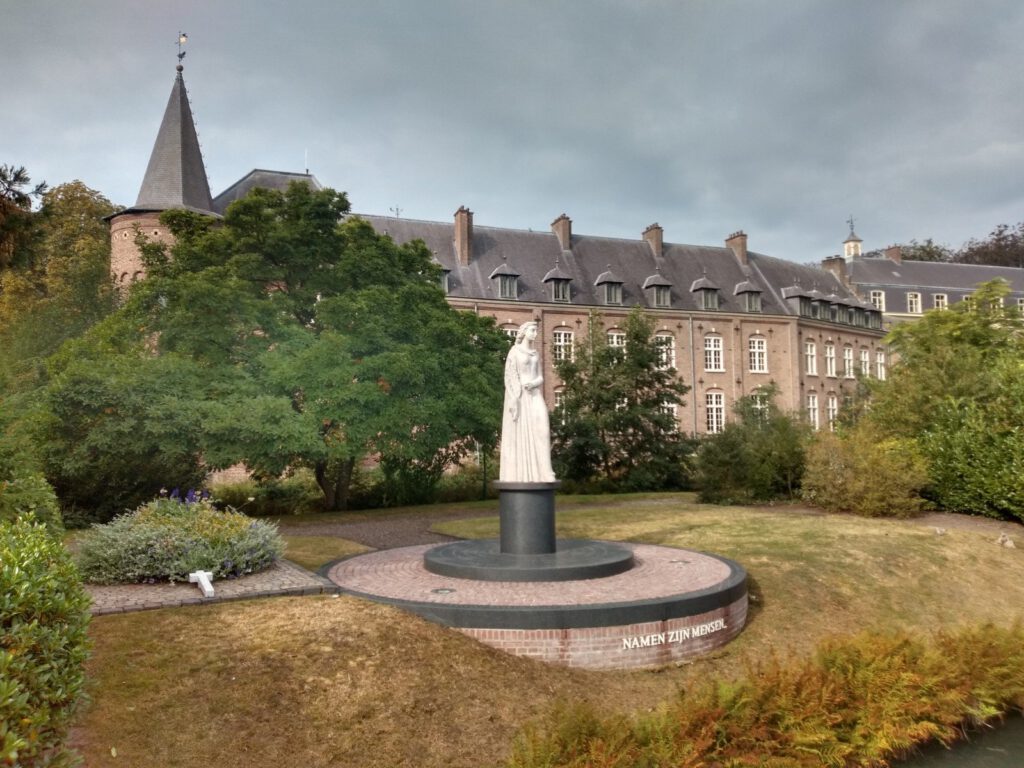
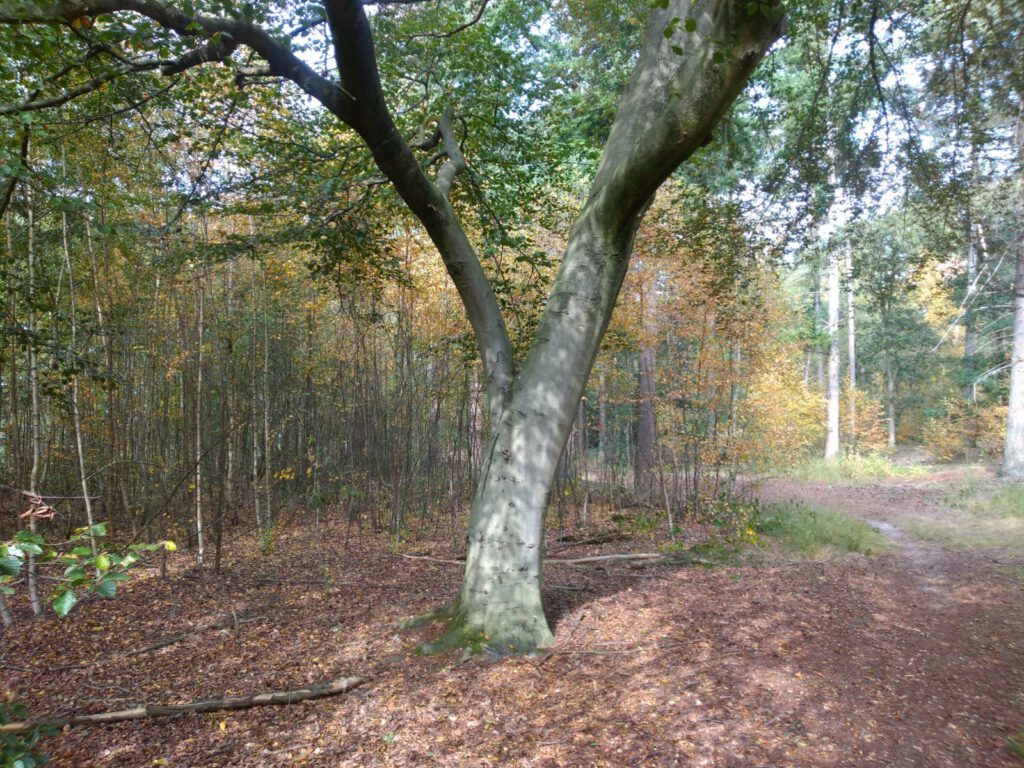
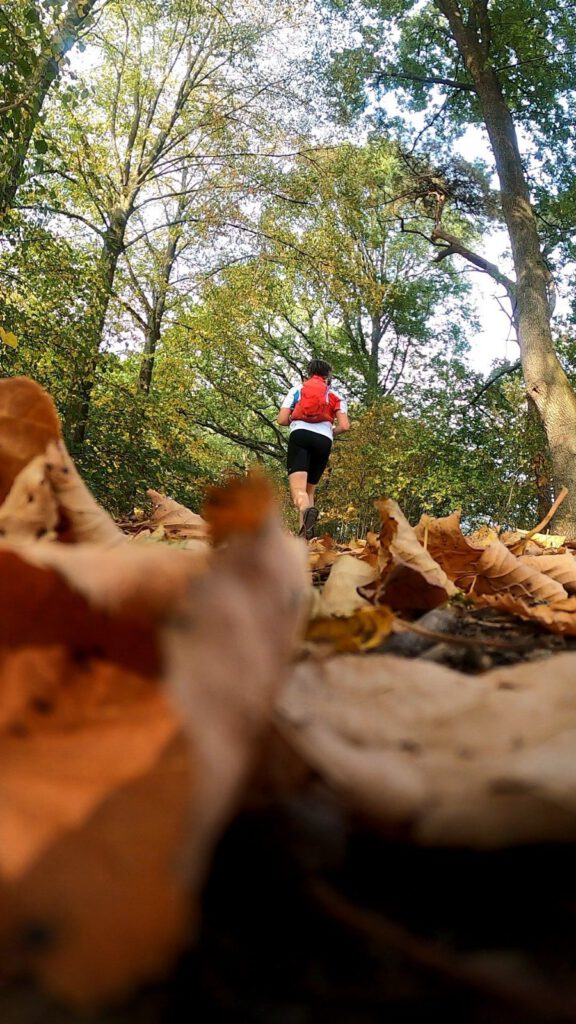
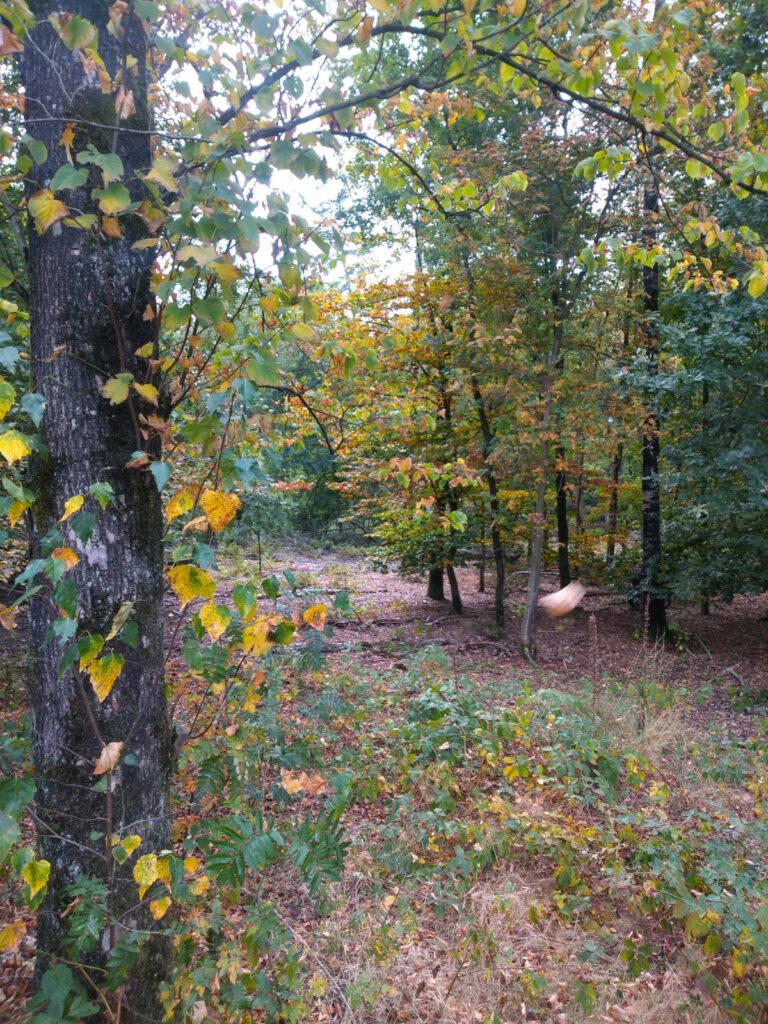
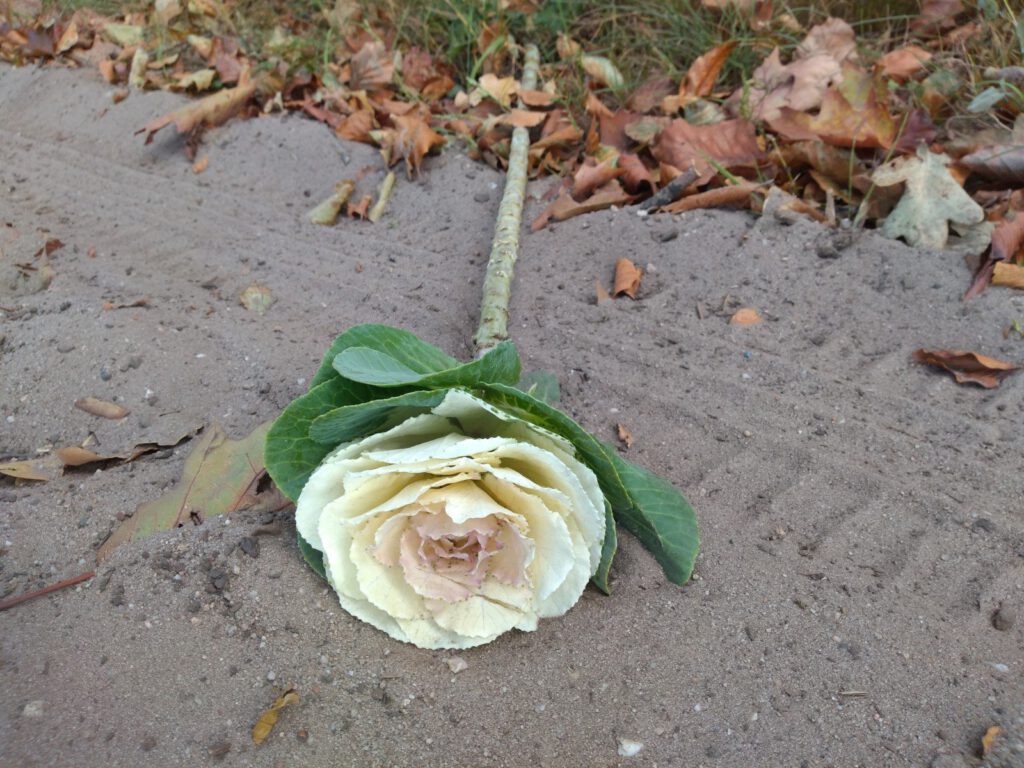
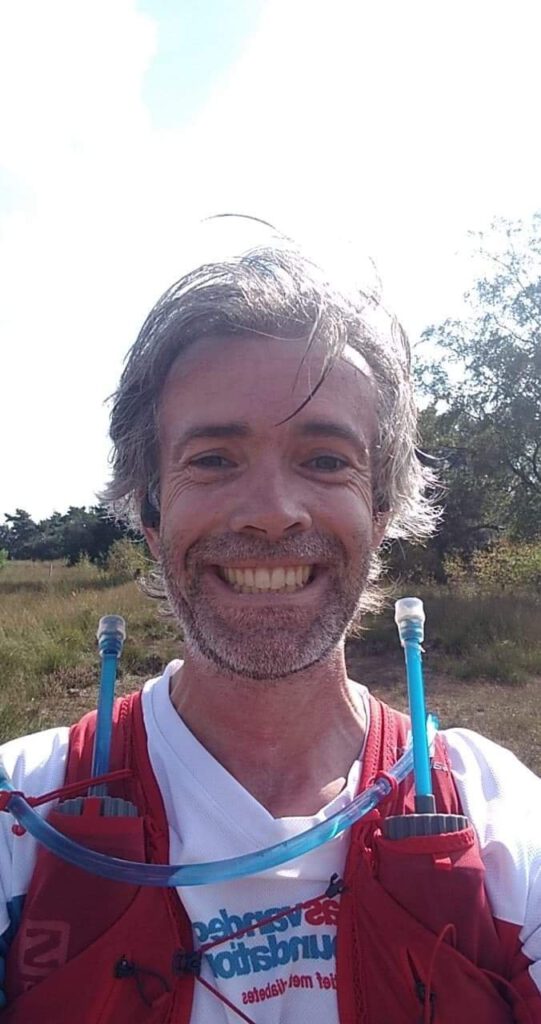
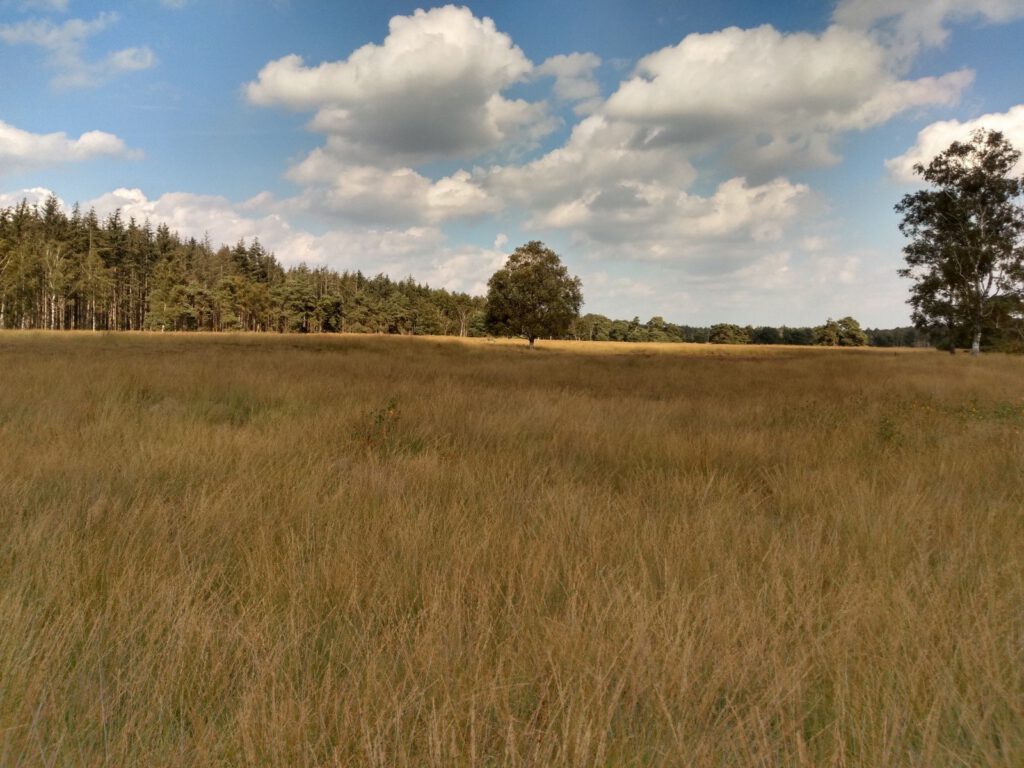

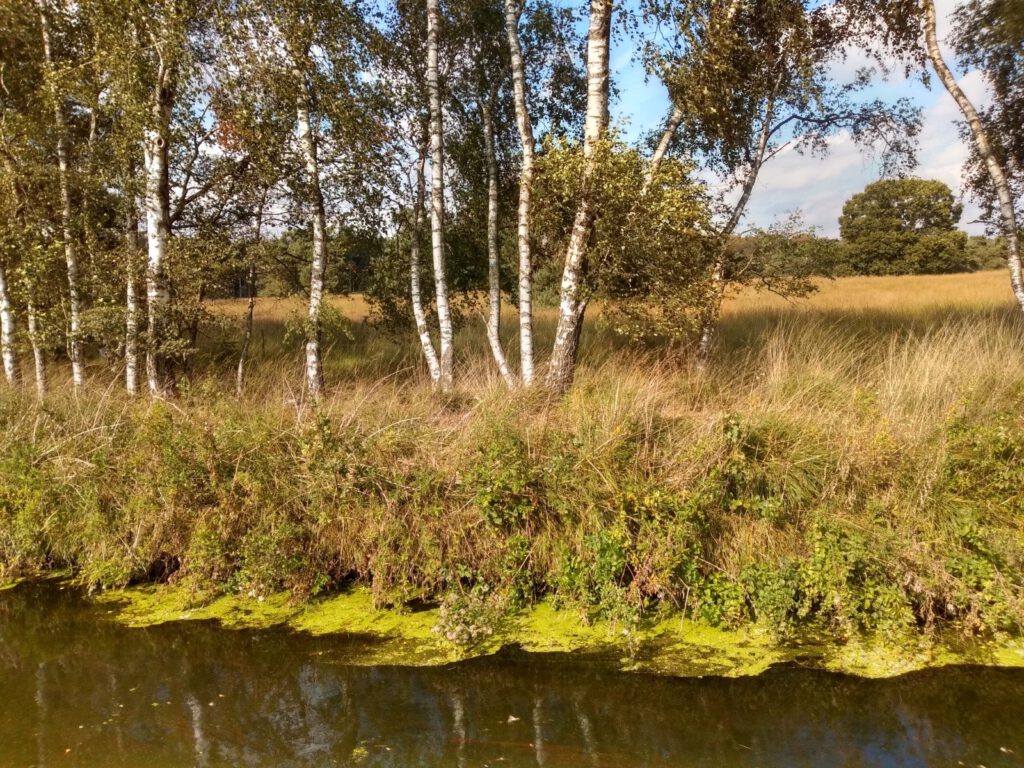
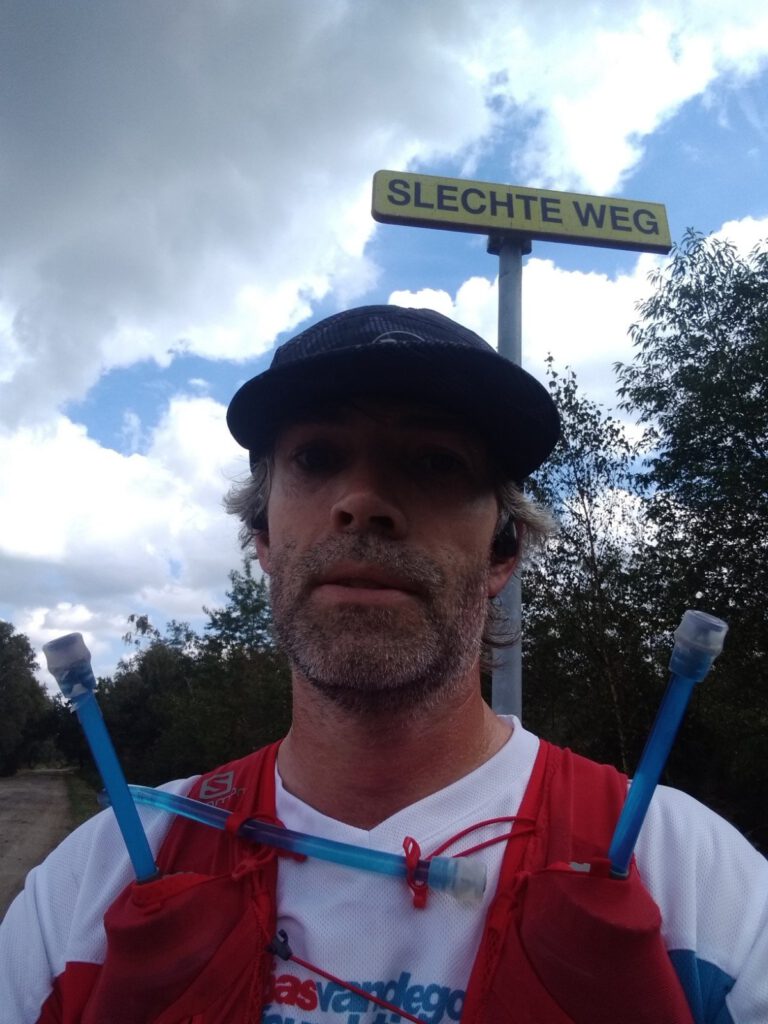
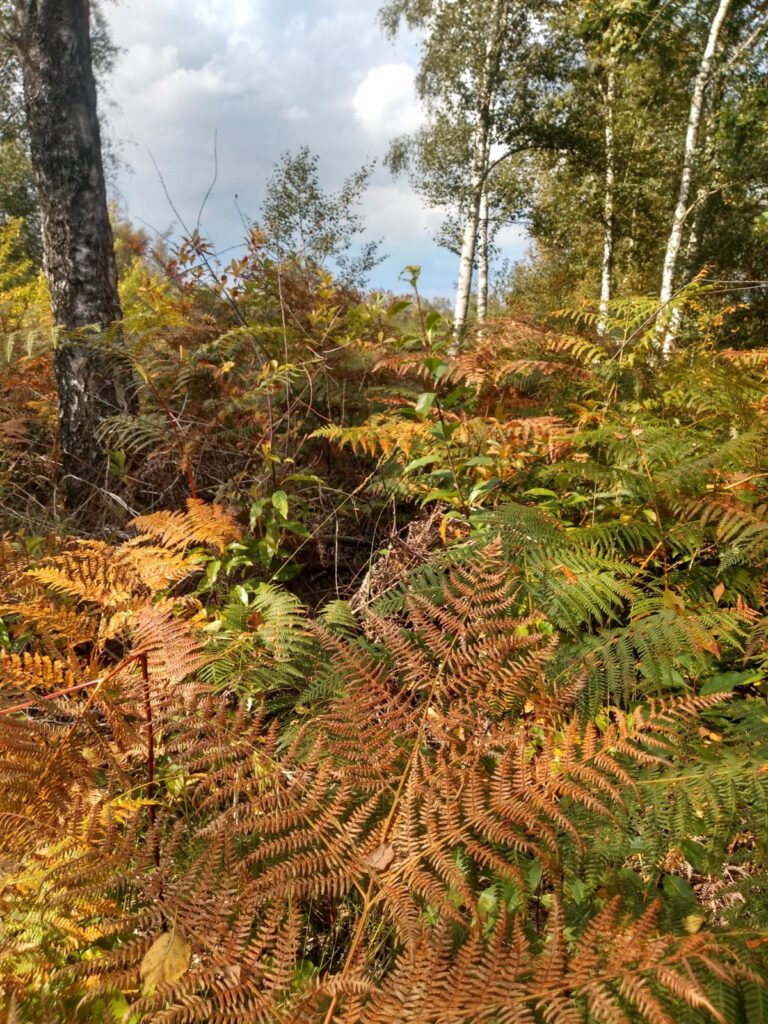
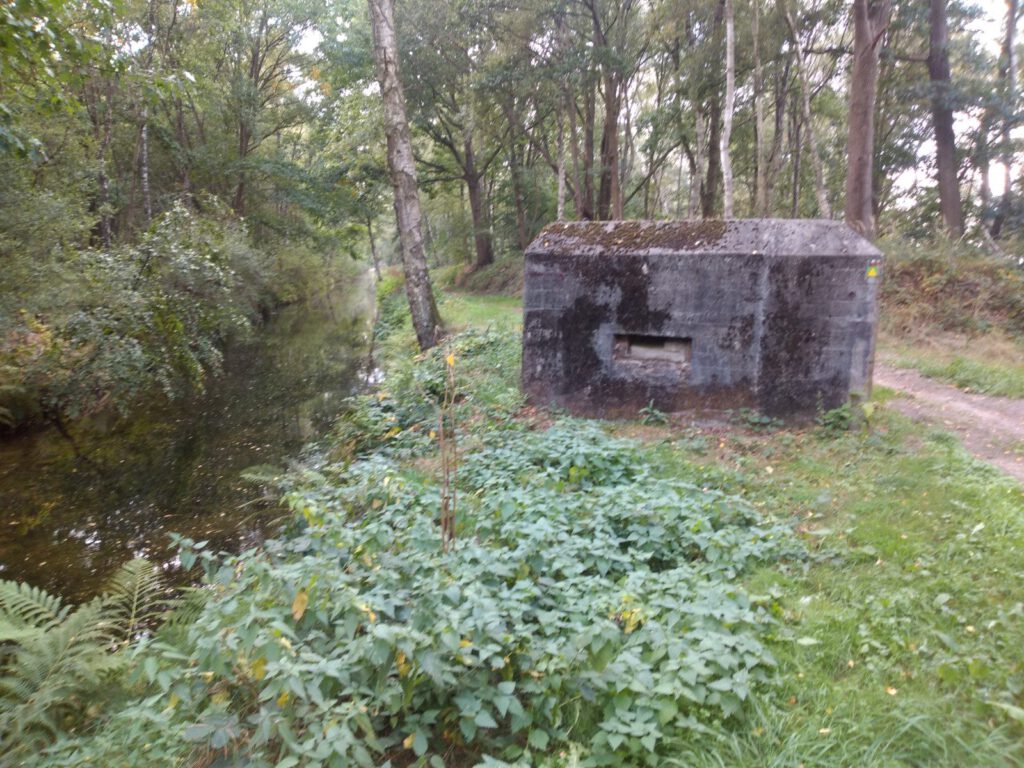

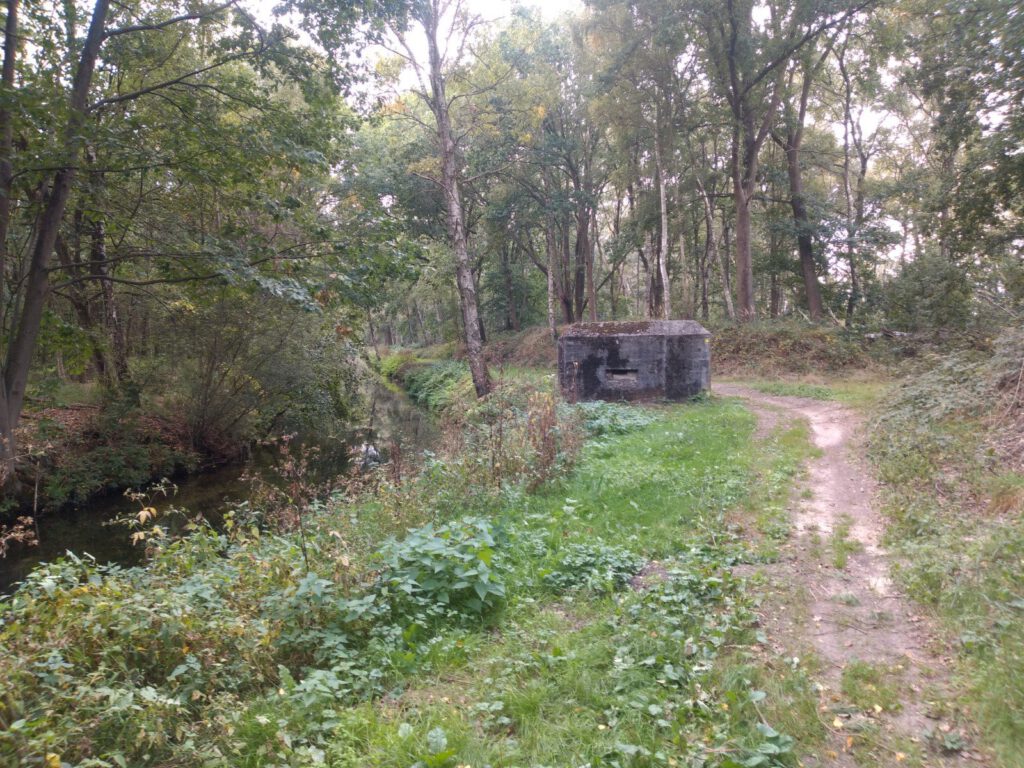
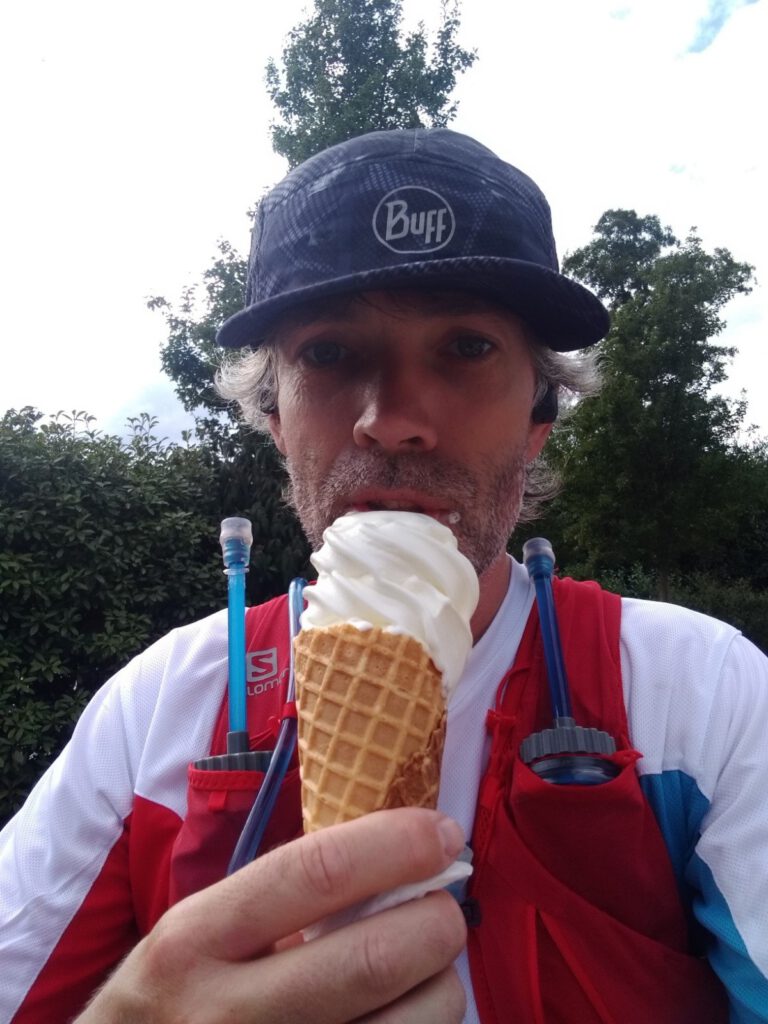

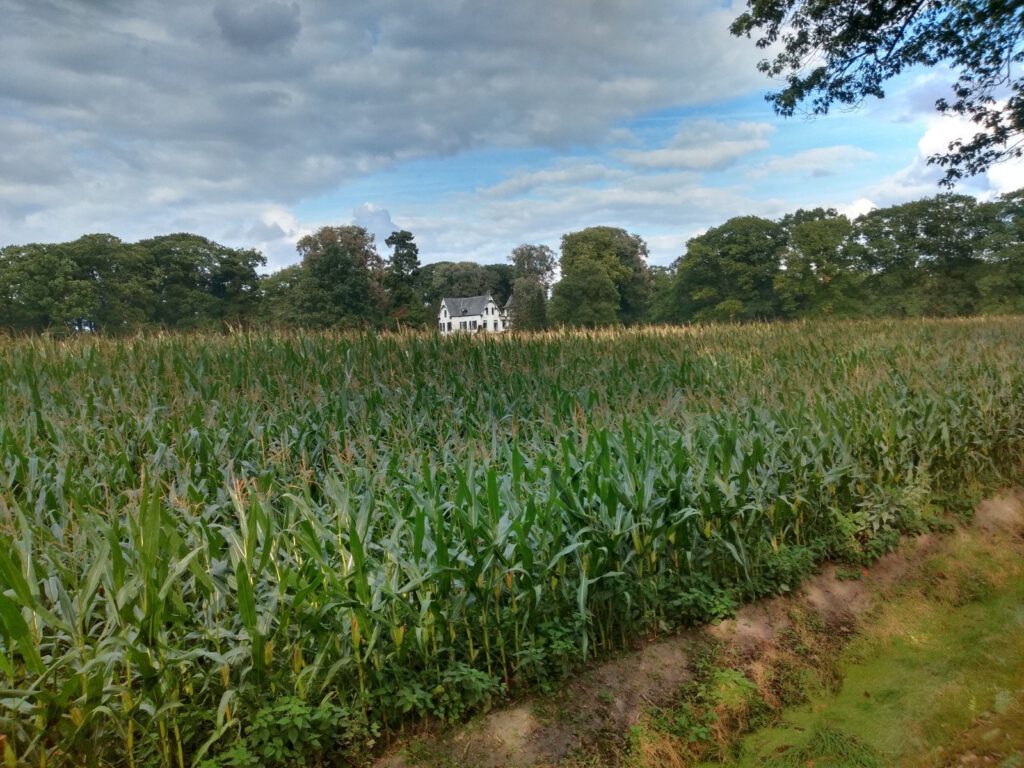

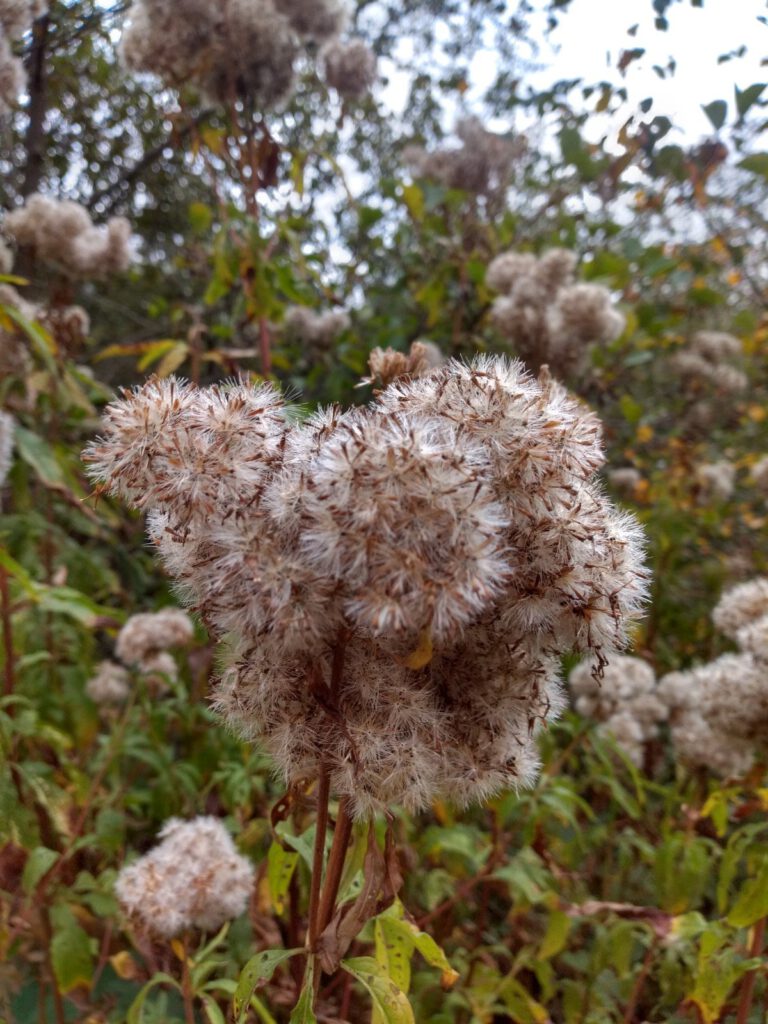

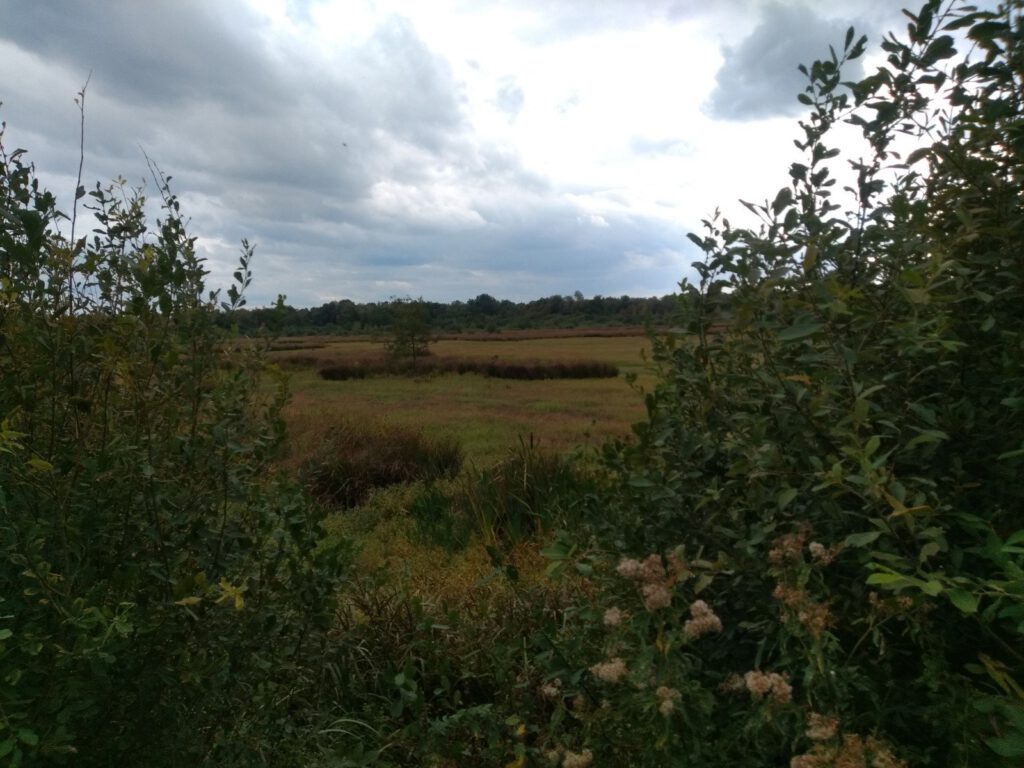
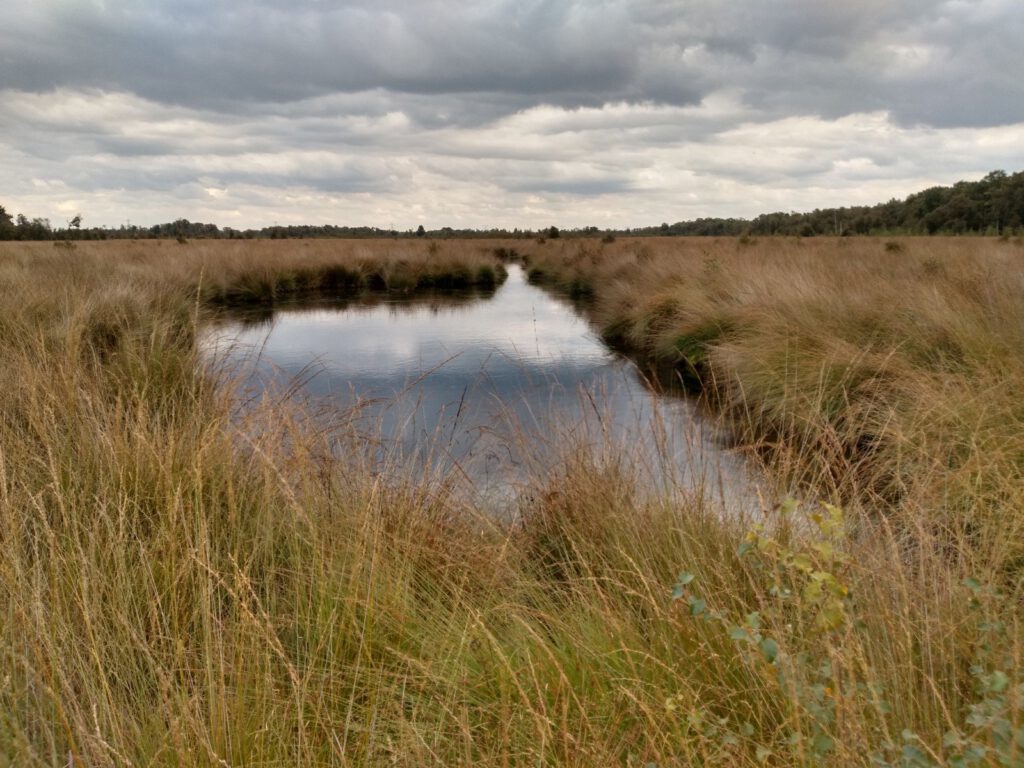
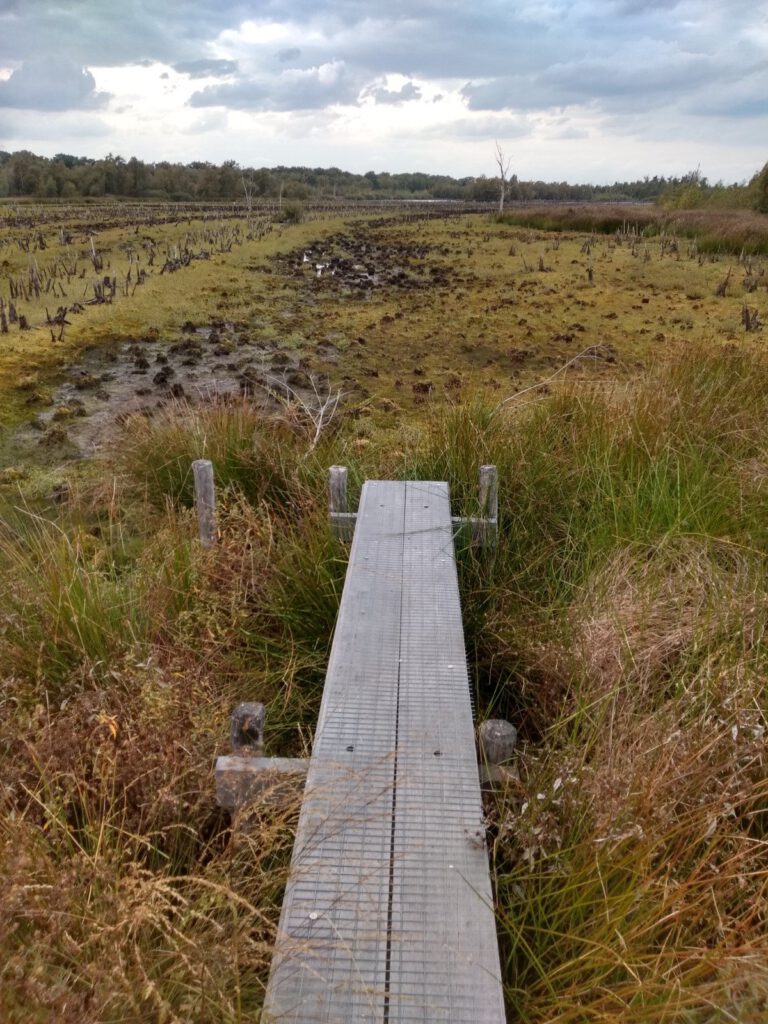
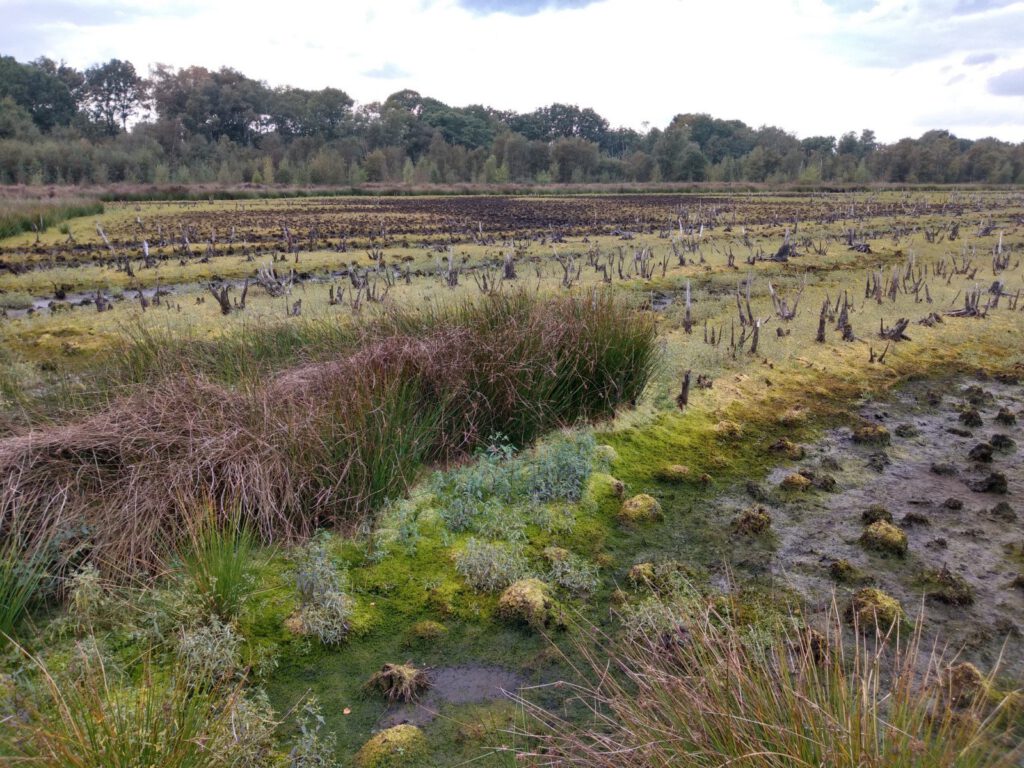
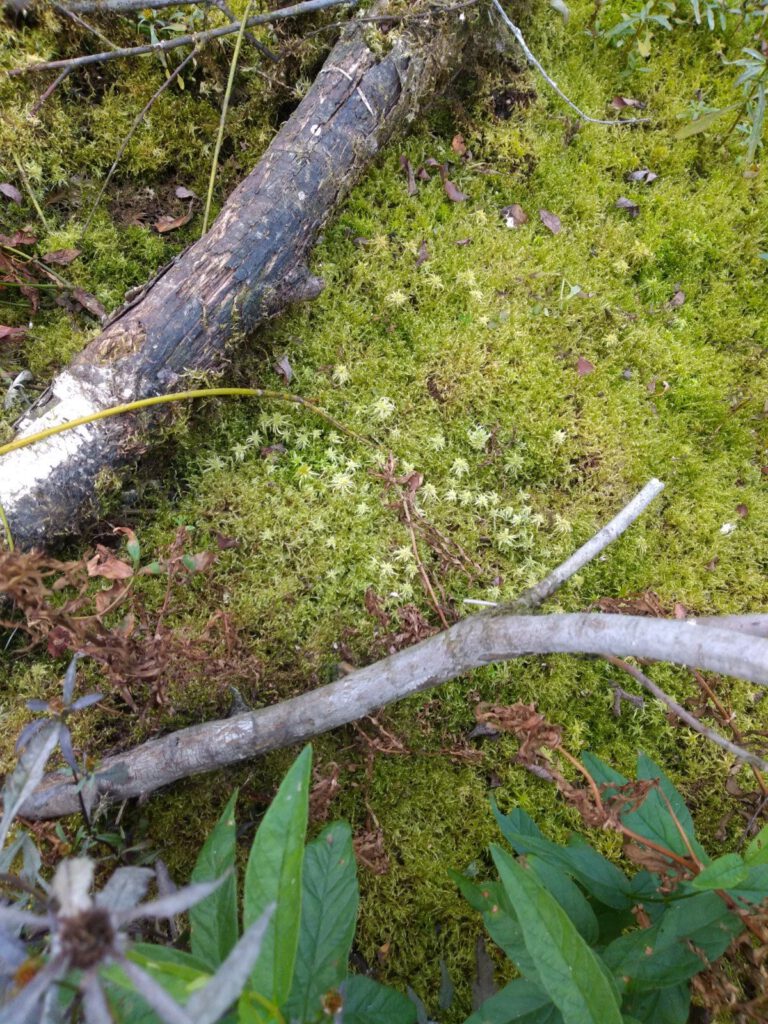
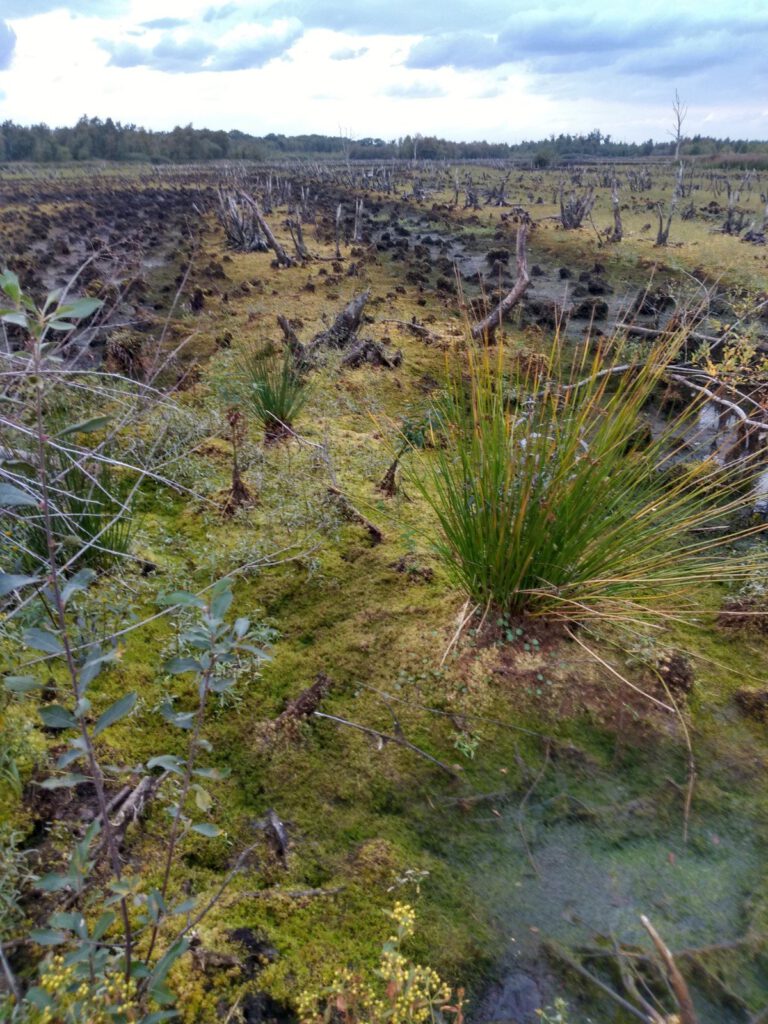
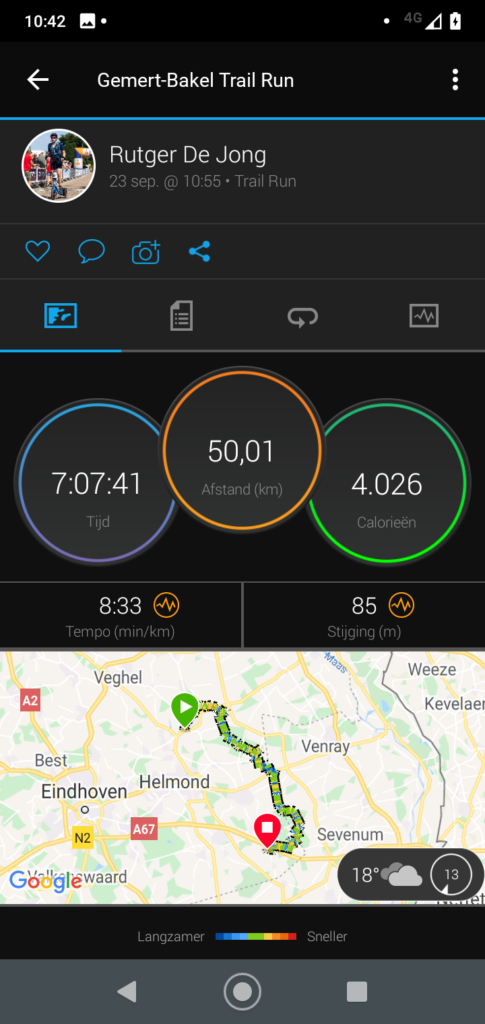
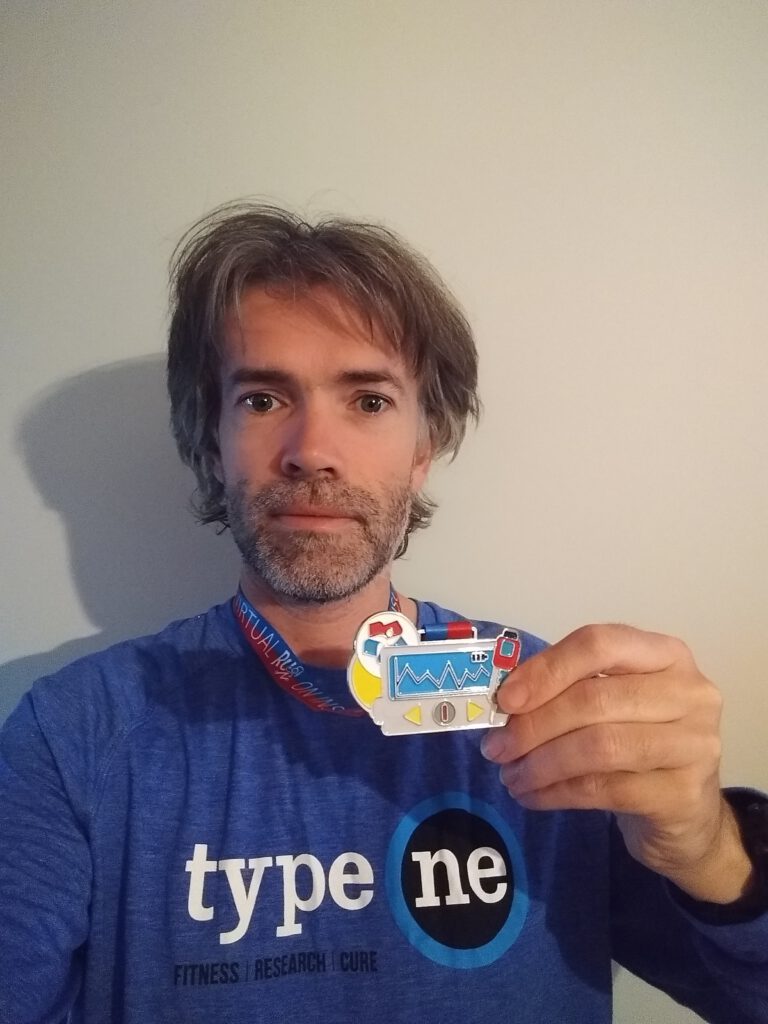
Fantastic! I love your beautiful pics and words. It is a pleasure to see and read. THX!